#Beta Vulgaris
Text
JTTW Chapter 24 Thoughts
Chapter 24 for the @journeythroughjourneytothewest Reading Group!
Ah, the beginning of the Arc the movie Monkey King Reborn is based on! It will be very delightful to spot the similarities for myself!
But first we have to finish the previous trial. I really don’t like how the emphasise is kind of put on women as being tempters. Especially when the exemplary lady is explicitly stated to be sixteen, that is a child!
Still not a fan how they put so much ridicule on Zhu Bajie as well when they equally pressured him into the whole situation.
Hm Sun Wukong schooling his Shifu. We love the communal grandpa dispersing his knowledge.
And here are the two sillies! I’ll take it in immortal years they’re closer to being old tweens or young teens. That’s the feeling I get from them at least.
Ah, teaching the kids that uhm, actually just make friends with people if they’re nice, religion should not be of any importance there. There are some really good lessons to be taken away from this novel.
One could say they are… Home Alone.
I wonder if the sight of the Daoist Abbey makes Sun Wukong melancholic with thoughts of his first Shifu.
Clear Breeze, I most certainly prefer the J. F. Jenner and movie’s translation and technically also the German translation of Pure Wind, and Bright Moon are notably nicer in the novel than the adaptation. They only get rude when they actually have been wronged. Just looking at their movie counterparts, these aren’t the same kids.
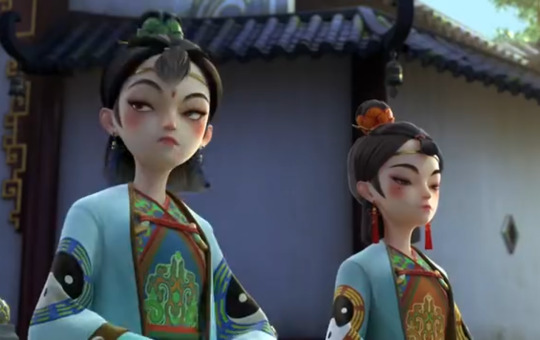
Plants you say? Now don’t mind if I look them up! Spoilers this turned out a bit of a difficult ordeal so take all of this with a grain of salt.
For accuracy, spinach yes and celery yes.
Mare’s tail… maybe? My search came up with Beta vulgaris aka Chard/Swiss Chard instead, though both plants fall under the term vulgaris in their scientific name and are plausible options as they are both native to Western Asia. Since it is a vegetable garden for people however I might be inclined to personally go with Chard, in part also because I have eaten that vegetable before and it is not only quite tasty but also nutritional.
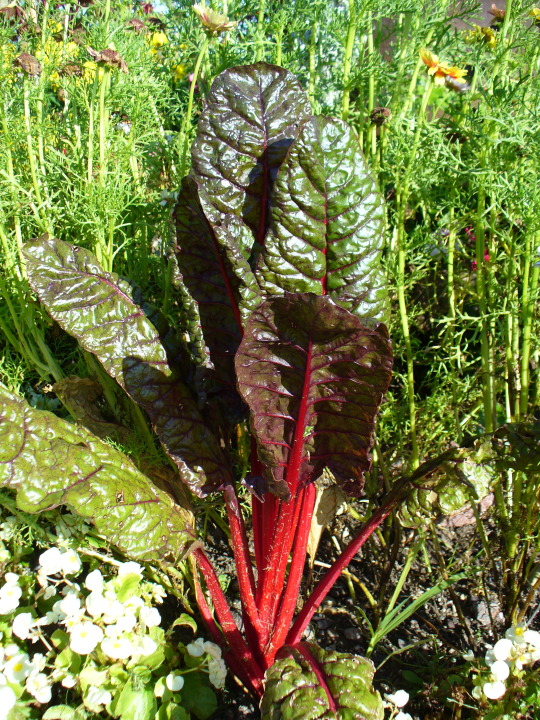
Funfact in German Chard is called Mangold, definitely sounds like a plant an immortal would eat. But again that’s just personal bias, in reality it could still be either.
Back to the list, I have no clue where beet comes from in this line, but ginger yes.
Seaweed no. It seems to actually be moss of some kind and I looked up as to possibly why it’s in this garden. Indeed certain types of moss are used for medicinal or culinary purposes in some cultures. But don’t go out and just eat moss you find in your garden! A lot of mosses are toxic and no good for eating, so be careful!
Bamboo shoot yes and melon yes. Squash, more like gourd, but technically yes. Watercress no, my research came up with wild rice instead, but watercress is still native to Asia as well.
Now for this next line I would like to remark that there is some potential difference in the Chinese Original. Chive technically yes the Google Translate said just onion though, garlic yes, coriander yes, leek and scallion technically yes though if the characters for those two are put together the translator says they translate to chives instead.
The second paragraph I will not touch as that one is more complex.
The local Tudi really tends to be the living loremaster, in a way that makes a lot of sense in world too, something I can always appreciate.
Heh, Sun Wukong doing a little trickshot with the mallet. Not that it worked, but he tried.
Sha Wujing being the good little brother getting roped into shenanigans by his older brothers. The feeling of found family is strong with this one.
At the end I would like to shill the movie a bit as I really like that one and it does make for quite a good companion piece for this Arc. It also has one of the best Sha Wujing designs in my opinion.

#xiyouji#journey to the west#jttw#monkey king reborn#sun wukong#monkey king#zhu bajie#sha wujing#Qingfeng#Pure Wind#Mingyue#Bright Moon#jttw reading group#jttw book club#Beta Vulgaris#swiss chard
13 notes
·
View notes
Text
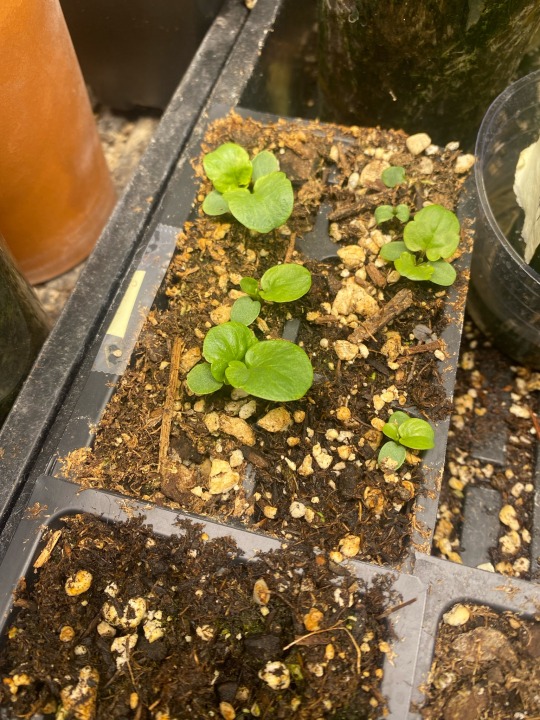
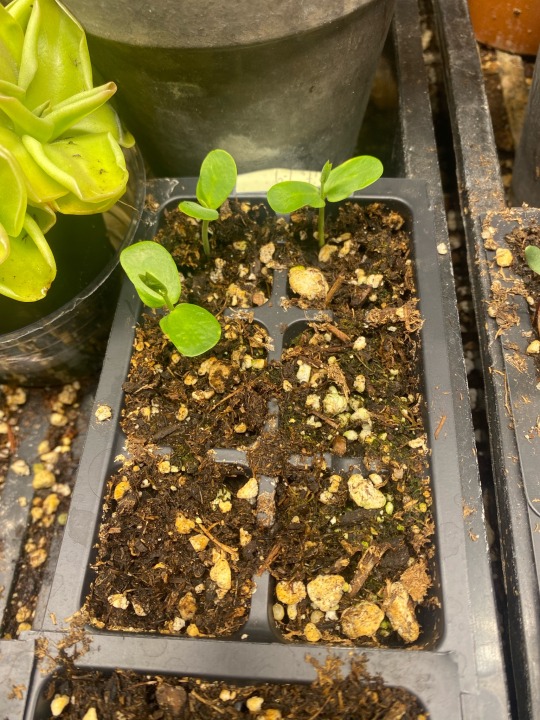




Welcome To Babytown (2023 edition)
12 notes
·
View notes
Text
Growing Tip: Garden Beetroots

I love beetroots, and it was one of the first packet of seeds I bought when I decided I would start a Kitchen Garden. I did harvest a few, tiny beets in 2020; but none grew in 2021!
Nevertheless, I persisted, and sowed the Detroit Globe Beetroot seeds (Beta vulgaris), on the 10th April, after raking a ten-centimetre/four-inch wide (1.5-centimetre/1/2-inche deep) row in a well-tilled and compost-fed Veg Patch Extension. I covered the seeds with*-, watered, and crossed my fingers!

I was thus pretty chuffed when a fortnight later, beetroot seedlings started sprouting, their tiny, bright pink stem emerging from the soil!
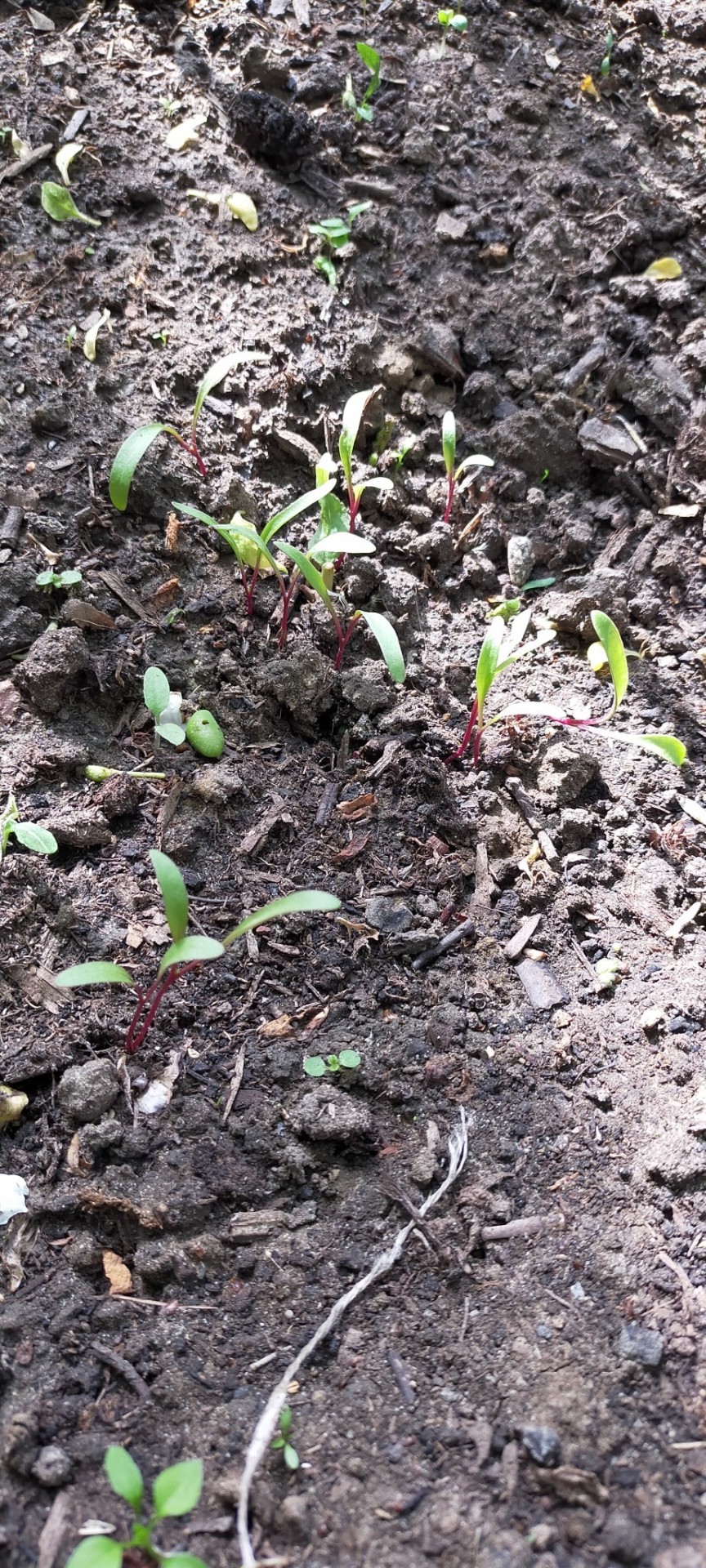
There is not much to do at this stage, beside marvelling at them! The Spring weather, with its showers followed by sunshine, provide young seedlings with everything they need! (If it doesn’t rain, though, I would suggest a watering every now and then.)

When they develop proper leaves beside their dicot cotyledon, and have grown over ten centimetres/four inches, comes the difficult but necessary stage of thinning. Battling heartbreak and every sort of “mothering” instinct one might feel for its growing seedlings, one still needs to pluck out the weaker, smaller seedlings to allow the remaining ones space to grow and ensure a beautiful beetroot crop! The picture above was taken in June, just as Summer began. From then on, you want to water your beetroots regularly (about twice a week if it doesn’t rain and the whether is dry.) But you do not want their soil to be soggy or even wet between waterings or rain showers. The beetroots will be looking for water deeper in the soil, and thus grow bigger!

Time, and the sight of these beautifully sturdy specimen --here pictured exactly three months after being sown-- will heal whatever wounds the thinning process might cause.

Before digging up your beetroots when harvesting, gently brush out the soil around their leaves to have an idea of their size. If you’re happy with it gently work the soil around them with a trowel and pull them out.
My first two beetroots weigh 80 grams/2.85 ounces (weighed without their leaves) and I think it’s already better than my 2020 crop! I sowed a few more seeds in the space these two freed; maybe I might harvest beetroots until mid-December!
#Growing#Growing Tip#Growing Tips#Growing Beetroots#Garden Beetroots#Beetroots#Beetroot#Detroit Globe Beetroot#Beta vulgaris#Growing Vegetables#Garden Vegetables#Vegetables#Veg Patch#Veg Patch Extension#Vegetable Patch#Kitchen Garden#Gardening#Gardening Tip#Gardening Tips#Growing and Gardening#Garden#Growing Gardening and Foraging
3 notes
·
View notes
Text

#asparagus#beet#cucumber#dandelion#inkberry#juniper berry#kohlrabi#lima bean#onion#rutabaga#sweet corn#tomato#Asparagus officinalis#Beta vulgaris#Cucumis sativus#Taraxacum#Ilex glabra#Brassica oleracea#Phaseolus lunatus#Allium cepa#Brassica napus#Zea mays#Solanum lycopersicum#Appalachian tea#German turnip#butter bean#swede#sugar corn#turnip cabbage#Swedish turnip
1 note
·
View note
Text

David Velez's Beta Vulgaris was included in the article "Plants on Disk: A User's Guide to Music Made from Flora" written by Carlo Patrano in the June issue of The Wire -> https://www.thewire.co.uk/issues/473
0 notes
Text
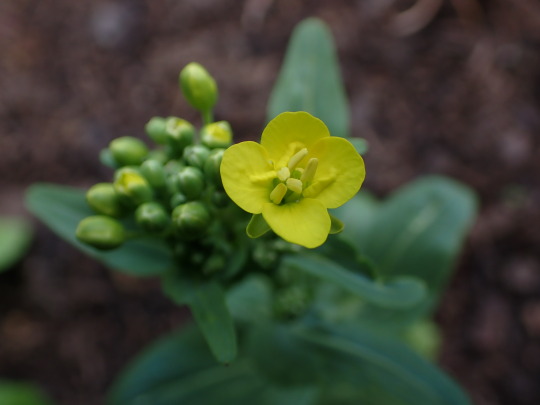
6.5.2023: Mangoldblüte
#phototagebuch#tagesphoto#photo diary#photo of the day#photojournal#photo du jour#photo des tages#vienna#wien#urban nature#urban garden#6.5.2023#makro#makrofotografia#Beta vulgaris
1 note
·
View note
Text
In herbaceous plants that can survive periods of low temperature, such as sugar beet (Beta vulgaris), rapidly chilling a short segment of the petiole of a source leaf to approximately 1°C does not cause sustained inhibition of mass transport out of the leaf (Figure 11.11).

"Plant Physiology and Development" int'l 6e - Taiz, L., Zeiger, E., Møller, I.M., Murphy, A.
#book quotes#plant physiology and development#nonfiction#textbook#translocation#leaves#petiole#chilling#chilled#sugar beet#beta#beta vulgaris#inhibition#source to sink
0 notes
Text
The Beets of RediBeets
The Beets of RediBeets
The Beets of RediBeets
A little digging into the beets that end up as the juice powder in RediBeets reveals an interesting background of facts and figures about Beta vulgaris.
Beets (Beta vulgaris) are one of the flowering plants in the Amaranthaceae family, which includes over 2,500 species that are primarily shrubs and herbs. Beets are outside of this majority, being a food crop.
Even…

View On WordPress
0 notes
Text
tartatre betterave tomate carvi, buratta,basilic.

View On WordPress
#alain#alain burdet#albertville#allues#art#beta vulgaris#bruno vallat#chambery#chambres d&039;hotes#chateau des Allues#coeur de savoie#combe de savoie#didier lhostis#saint pierre d&039;albigny#stephane vandeville
0 notes
Text
Karelian Words - Root vegetables
Juurekset, paissikkahat - root vegetables, plants of which roots are eaten
Akančiiloi - Marsh woundworth (Stachys palustris)
Batat, batakka - Sweet potato (Ipomoea batatas)
Čibanbutki, kožlanbutki - Ground elder (Aegopodium podagraria)
Dorogaohtoi, takkisheinä - Burdock (Arctium tomentosum, A. lappa and A. nemorosum)
Ičenbutki, butkiheinä - Wild angelica (Angelica sylvestris)
Imeläjuurikoi, s'okla - Sugar beet (Beta vulgaris altissima)
Jogihyyhky, kondienhyyhky - Wild celery (Angelica archangelica)
Juuripetruška - Parsley root (Petroselinum crispum tuberosum)
Juuriselderi - Celery root (Apium graveolens rapaceum)
Kagrajuurikoi - Common salsify (Tragopogon porrifolius)
Kal'uha, koalikka, lanttu - Rutabaga, swede (Brassica napus rapifera)
Kartohka, potakka - Potato (Solanum tuberosum)
Keldajuurikoi, morkohka - Carrot (Daucus carrota sativus)
Moabul'u, moabul'pukka - Jerusalem artichoke (Helianthus tuberosus)
Mustajuurikoi - Black salsify (Scorzonera hispanica)
Nagris, ńakoi, repa - White turnip (Brassica rapa rapa)
Osmankeäbä - Broadleaf cattail (Typha latifolia)
Perččujuurikoi, hren'a - Horseradish (Armoracia rustiana)
Redissu - Radish (Raphanus sativus sativus)
Ruskeijuurikoi, sv'okla - Beetroot (Beta vulgaris vulgaris conditiva)
Rötky - Black radish (Raphanus sativus niger)
Valgeijuurikoi - Daikon (Raphanus raphanistrum sativus)
Voikukka - Dandelion (Taraxacum)
Ämmänbutki, pasternakka - Parsnip (Pastinaca sativa)
#karjal#karjalan kieli#карельский язык#karelian#karjala#karelia#karelian language#kariela#каре́льский язы́к
16 notes
·
View notes
Photo

63316.01 Beta vulgaris subsp. maritima (small) by horticultural art https://flic.kr/p/2otbSk4
12 notes
·
View notes
Text


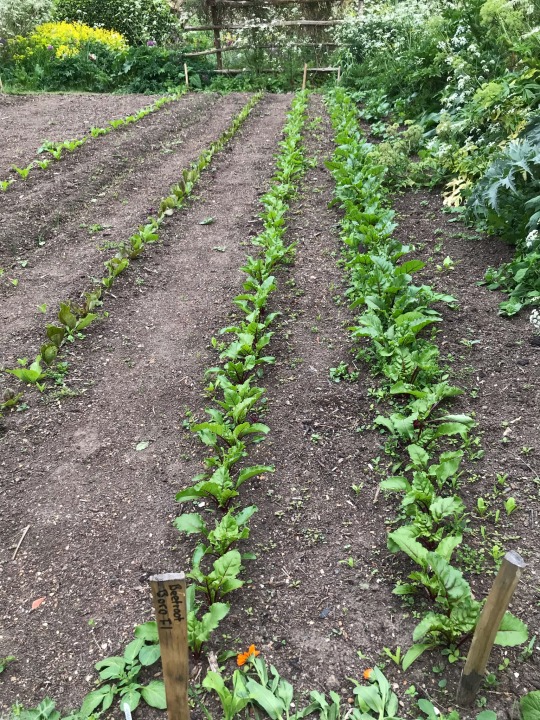
Plant of the Day
Friday 27 May 2022
In the vegetable garden at Great Dixter, Sussex, the rows of Beta vulgaris subsp. vulgaris F1 ‘Boro’ (beetroot) was growing well. This is a bolt resistant hybrid with a smooth-skinned, dark red roots that can be grown for both 'baby' and standard beet production. It has good storage performance.
Jill Raggett
#beta#beetroot#vegetablegarden#productivegarden#vegetable#salad#plants#writtledesign#gardens#horticulture#garden#greatdixter#sussex
82 notes
·
View notes
Note
Heam I want a nature documentary about myself now
Cough cough *Attenborough voice*
This is the elusive Council of Beetroot, not as you may initially think an odd alglamation of beetroot, Beta Vulgaris, but rather a humanoid creature, has a rather powerful hunting strategy of slow, long term exposure to its pheromones, slowly twisting the mind to work in a way that it pleases, this is rarely seen outside of insects or varying types of microbiota, very interesting very interesting indeed.
Now, we are not yet entirely sure what they survive upon, what is most habitable to them, what creature in the animal, perhaps even from another kingdom, we simply do not know enough about them yet, but what we do know this that it possesses an extreme hunting prowess, an omnivore, as we know of, this is the only living specimen of this species the world has ever seen, so let us hope that it does not go extinct in out lifetime.
*camera cuts to a sweeping view of your bedroom*
3 notes
·
View notes
Photo
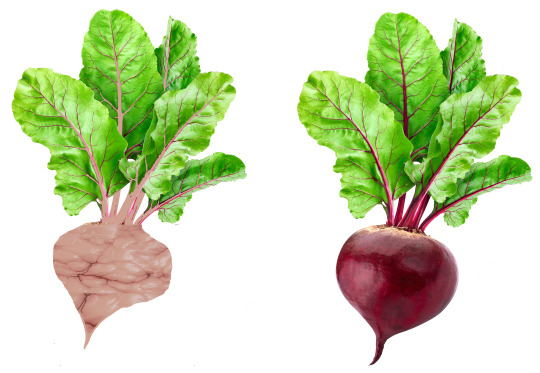
The Beatroot (Beta Vulgaris subsp. Escam Group).
Eat your heart out! Cuz this delicious meat plant is savory!~
14 notes
·
View notes
Text
youtube
Costa visits a sustainable house and garden, designed to make efficient use of every space. Subscribe 🔔 http://ab.co/GA-subscribe
Mike and his partner bought an unrenovated house on a leafy Mt Colah street 10 years ago. Their garden starts on the verge with edibles, and the front yard is a thriving ‘no dig’ food forest. There’s another obvious sign that there’s something interesting going on here - a community swap stall with seeds, plants and books all enclosed in a big, old red phone box. 
Mike says he’s met more of my neighbours in the last month, than in seven years!
Mike’s aim is to improve livability while caring for the planet. Mike renovated the original house to increase its energy efficiency, with solar water and solar electricity. He’s built a hardwood pergola down the west side of the house which hosts a grapevine that shades the house in summer. It’s the first of many clever structural innovations he has installed in his garden using mostly recycled materials.
Compost System:
The three-bay compost system is built from recycled roof sheets and brick pallets. Liquid from the back of the bays runs and into a well-positioned bucket. Like all the compost, this liquid is then diluted and used on the garden.
Chook House:
The chook house is palatial and has been built using leftovers from the renovation. It’s both vermin and fox proof, and he used the old front door as the human entrance.
Irrigation:
Rainwater is captured across the site, stored and cleverly distributed. Mike has four tanks positioned around the garden that collectively hold 27,000 litres of water. The garden is irrigated via overhead driplines and tank overflows are redirected to garden beds. Storm water from the driveway is redirected into a set of pipes that are re-directed into the garden.
The entire back lawn was dug up to create swales (a series of contoured ditches) designed to slow down water flow and hold it in the soil.
There’s was a rocky outcrop in the backyard where water naturally collected into a pond. Mike has since bricked in the pond, added a bathtub for an outdoor pool for the kids and then found a bathroom basin which he turned into a bird bath.
Wicking Beds:
Mike has made wicking beds from second hand bulk containers. One is used as a liquid fertiliser brewer and the other four have been chopped in half to make 8 wicking beds. The sides of the wicking beds are protected from the sun with recycled zinc aluminium panels take from a roof. The wicking beds are placed in an ‘exclusion zone’, that has been covered with netting to prevent fruit fly, possums and rats making off with the produce.
For Mike, the journey of the garden is infinitely more important than the destination. He’s learnt a lot on the way and is keen to keep learning. It’s inspiring to see what can be achieved in such a short space of time and what will follow, as Mike’s sustainable gardening journey continues to grow.
Featured Plants:
SYDNEY GREEN WATTLE - Acacia decurrens *
THYME - Thymus vulgaris cv.
PINEAPPLE SAGE - Salvia elegans
SILVERBEET - Beta vulgaris cv.
PEACH ‘FLORDAGOLD’ - Prunus persica cv.
QUINCE - Cydonia oblonga cv.
BASIL ‘PERENNIAL’ - Ocimum cv.
FENNEL - Foeniculum vulgare cv. *
* Check before planting: this may be an environmental weed in your area
Filmed on Dharug Country | Mount Colah, NSW
#gardening australia#Solarpunk#Australia#sustainable home#garden#home#house#sustainable house#food forest#no dig gardening#Dharug Country#Mount Colah#NSW#composting#rain water#rainwater harvesting#Youtube
24 notes
·
View notes
Text

The Swiss Chard is so eye catching that you sometimes see them among ornamental flowers in garden borders, but they really belong in the vegetable garden. Our kitchen garden has its own display of multicoloured Swiss Chard (Beta vulgaris). Many of our familiar leafy greens all belong to this single species despite their diverse tastes and physical appearances. Swiss Chard, Beetroot, Perpetual Spinach, Sugar Beet, and Manglewurzel (a leaf and root crop grown as animal feed) are all Beta vulgaris. The wild ancestor of all these useful plants is the Sea Beet (Beta vulgaris subspecies maritima), a plant that grows at the seaside all over Europe and Western Asia. The Sea Beet had been domesticated and bred for leaf-bearing or root-bearing cultivars by the time of the Ancient Egyptians. The jewel-like colours of beet roots and chard stems comes from Betalain pigments instead of anthocyanins. Medical studies have shown that these natural phytonutrient pigments have anti inflammatory and antioxidant properties when consumed. These plants not only brighten up your plate and garden, but also light the path to better health!
#swiss chard#red beets#sugar beet#spinach#anthocyanin#pigments#edible plants#katia plant scientist#plant science#plant scientist#plant biology#plants#plant aesthetic#plantblr#kitchen garden#vegetables#fruits and vegetables#grow your own food#leafy greens#healthy food#botany#colorful#red and green#phytonutrients
13 notes
·
View notes